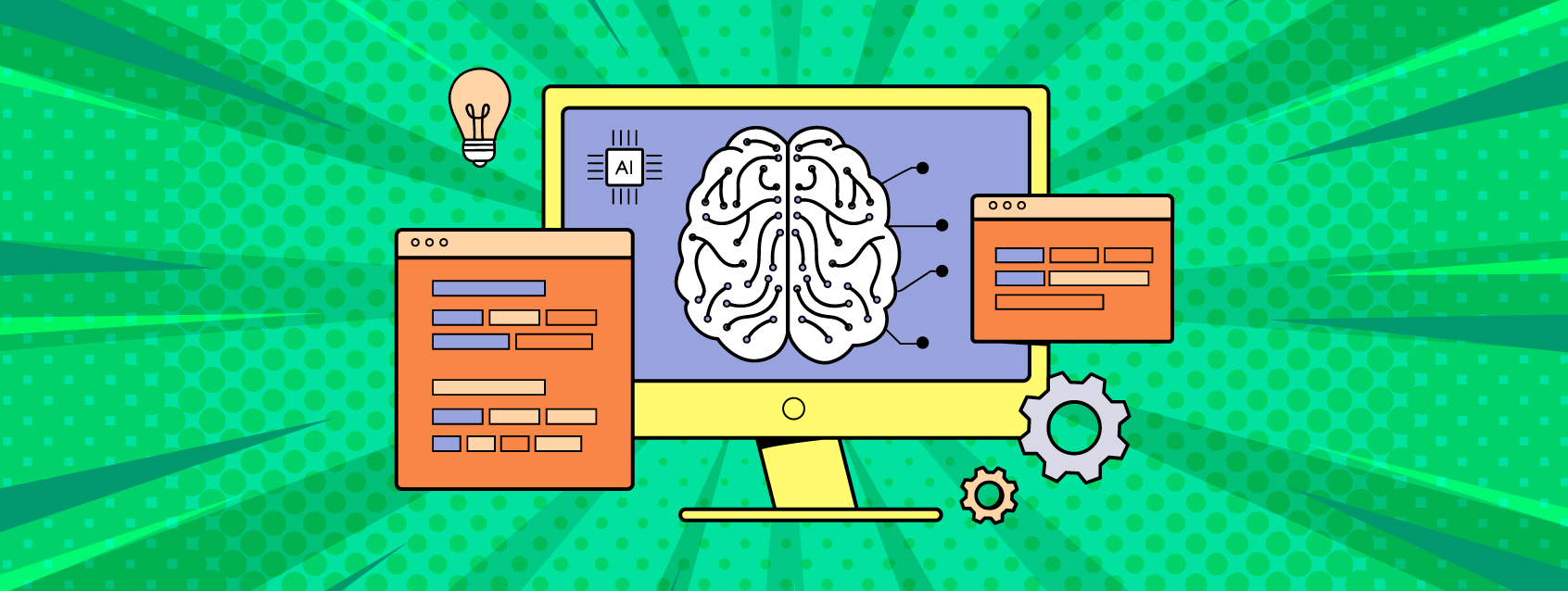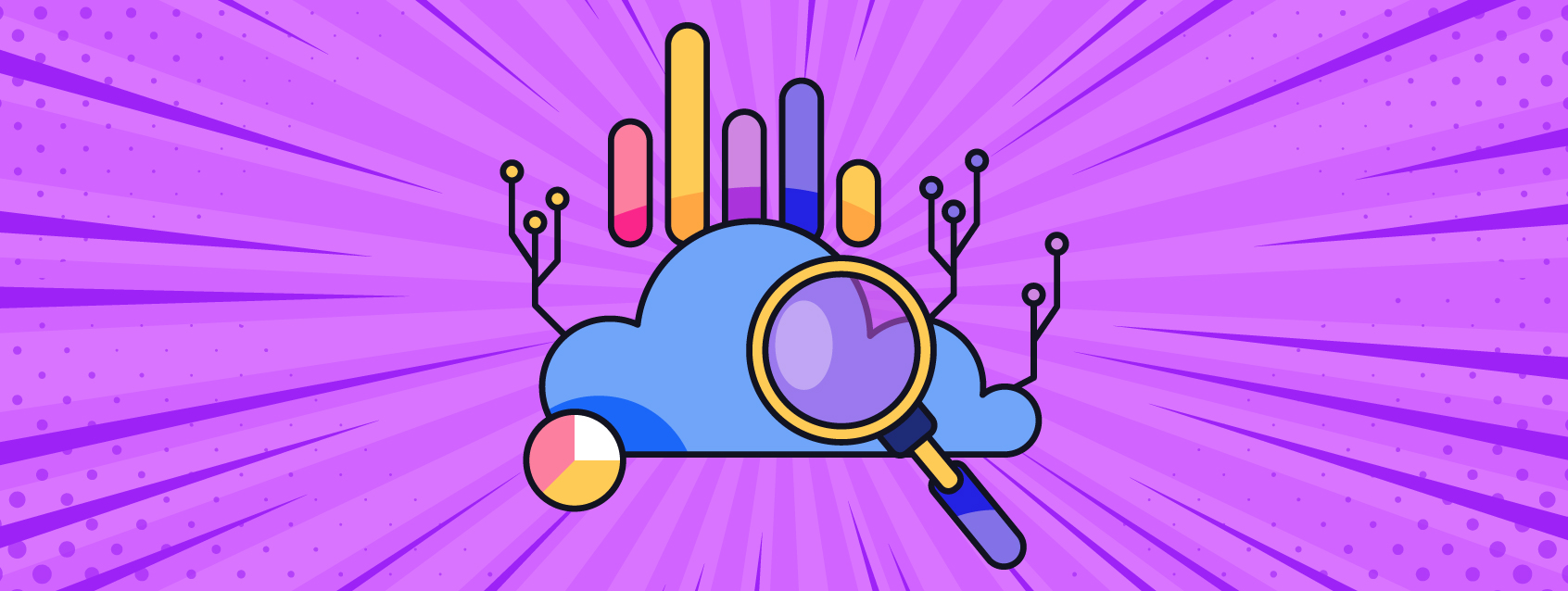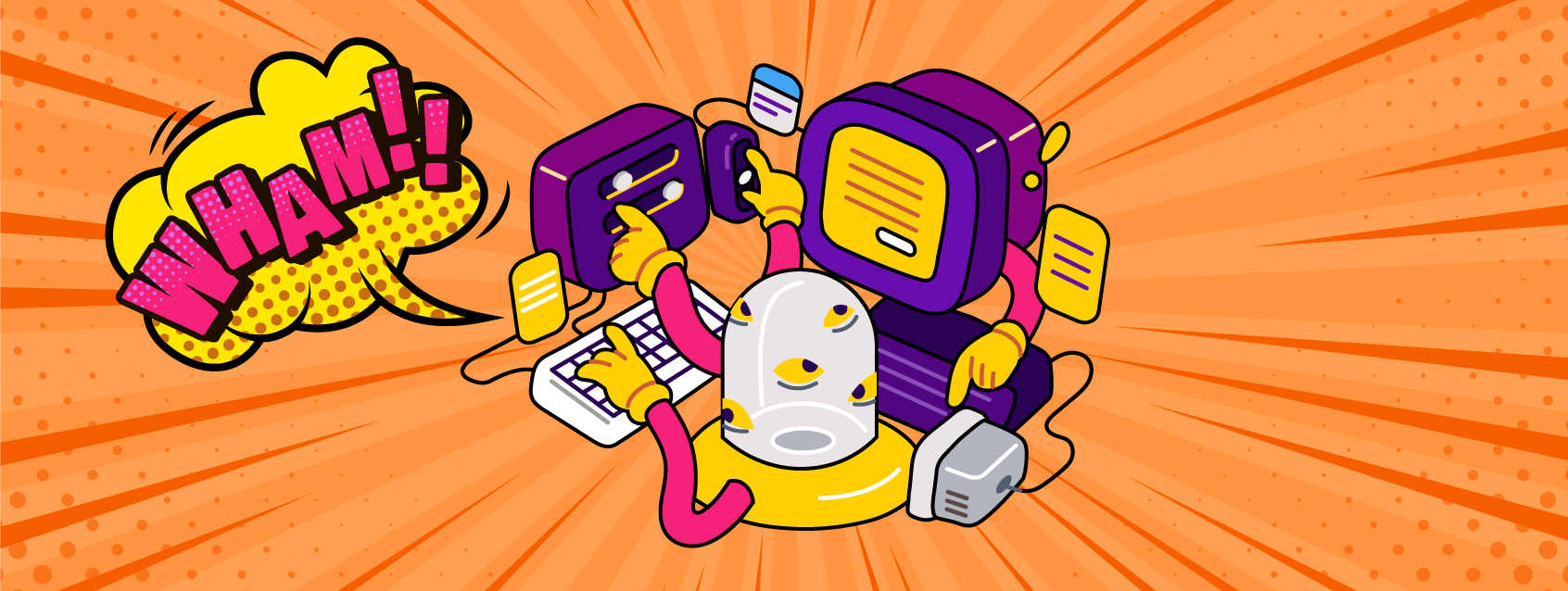When it comes to Artificial Intelligence (AI), the adoption of it is inevitable. However, the path towards effective AI integration in our personal and professional lives is not simply straightforward. It a journey I’ve categorised into four distinct phases: “Let’s Pretend,” “Lethargy,” “Fair Usage,” and the “Zone of Opportunity.”
Each phase is defined by its own unique mindset and level of AI engagement. While these phases are a construct of my own design, they serve as a useful framework to understand how we can progressively harness AI’s capabilities, steering us toward what I’ve termed the ‘Zone of Opportunity’—a stage where AI’s potential is fully realised and utilised.
Lets explore the four phases of AI adoption
Phase 1: “Let’s pretend”

It is the phase where individuals ignore AI’s growing presence, pretending that the AI wave isn’t impacting their work or industries. It’s a stage marked by denial or ignorance, where the influence of AI is often overlooked or dismissed.
Use Case: A business analyst continues to perform market trend analyses manually, ignoring the potential of AI-driven data analytics.
Phase 2: “Lethargy”

As AI becomes more prevalent and its benefits more apparent, ignoring its presence becomes increasingly difficult. The growing pressure to stay competitive forces individuals to acknowledge AI, leading them into this phase.
This is where individuals start using AI, but do so passively, relying on it for quick solutions without fully leveraging its capabilities. AI is seen as a shortcut rather than a tool for deeper learning and improvement.
Individuals hand off tasks to AI without much thought, using it as a shortcut rather than a tool for learning and improvement. It’s using AI the easy way, without putting in much effort.
Use Case: A student uses AI to write their assignment for them, without giving it any thought. And presents the work of AI as their own final product.
Phase 3: “Fair usage”

With time, individuals realise the limitations of using AI passively. They begin to see the potential for more productive collaboration, moving towards a balanced approach where AI aids but doesn’t replace human effort.
In this phase, individuals strike a balance between their own efforts and AI assistance. They use AI to organise and polish their work after putting in the effort themselves. They maintain their creativity and insights while benefiting from AI’s efficiency. It’s like having AI help with the heavy lifting of data organisation while keeping your original content, perspective, and insights intact. You provide detailed prompts, and AI assists with restructuring. Human creativity and unique thinking remain key. It’s a great balance between human effort and AI assistance, allowing for more refined and polished results.
Use Case: A journalist uses AI to streamline their research and data analysis. They provide detailed prompts, and AI assists with restructuring the information into a coherent narrative. The journalist’s creativity and unique thinking remain key in shaping the final story. This balanced approach allows for more refined and polished articles, with the journalist’s original content and perspective intact, and the heavy lifting of data organization handled by the AI.
Phase 4: “The Zone of opportunity”

The aim is to reach the “Zone of Opportunity,” where human strengths intersect with AI capabilities. Here, individuals and AI work in tandem, leveraging AI’s data processing power alongside human creativity and strategic vision. However, reaching this stage does require that we take the time to understand what we are strong at and where AI shines brightest. AI is not seen merely as a tool but as a strategic partner. This collaboration leads to superior outcomes that surpass what either could achieve alone.
As we explore this space, it becomes clear that AI is not a replacement for human expertise but a complement to it. It’s the point in which AI is at its weakest, and humans are at their strongest. The true power of AI lies in its ability to enhance our own abilities, freeing us from mundane tasks and empowering us to focus on creative and strategic endeavours that drive progress and innovation.
Use Case: A lawyer uses AI to sift through vast amounts of data, such as telephone records, to find relevant information for a case. The AI helps in processing and analysing the data beyond conventional methods, generating a set of potential evidence. The lawyer then applies their legal expertise to evaluate the merits of these findings, making final judgments based on their own understanding and interpretation of the law.
This frees up the lawyer to apply human faculties of persuasion, inspiration and charisma to change hearts and minds. They get to spend time building close relationships with clients and presenting compelling cases in court. This collaboration allows the lawyer to leverage AI for data analysis while applying their own judgment, interpersonal skills, and legal insight to achieve favourable outcomes.
Conclusion: Embracing the Future with AI
AI is changing everything. It is crucial to move through the phases of AI adoption as quickly as possible to reach the Zone of Opportunity. By doing so, we can maximise the synergy between human intelligence and AI, leading to unparalleled advancements.
Consider the evolution of the internet: Initially met with hesitation and scepticism, it went through its own phases of adoption. People were slow to embrace it, but as its benefits became undeniable, it transformed every aspect of our lives—from communication and commerce to education and entertainment. Today, the internet is an indispensable part of the global infrastructure.
Similarly, AI has the potential to revolutionise our world. The sooner we overcome our initial reluctance and move through the phases of adoption, the faster we can unlock its full potential. Just as the internet has become a vital tool, AI too will become a strategic partner in our personal and professional lives.
Let’s not wait for AI to become a necessity before we start integrating it meaningfully. By embracing AI now and striving to reach the Zone of Opportunity, you position yourself at the forefront of innovation, ready to harness its full power to enhance human capabilities and drive progress.
If you would like to find out more, click here to get a copy of my book.



